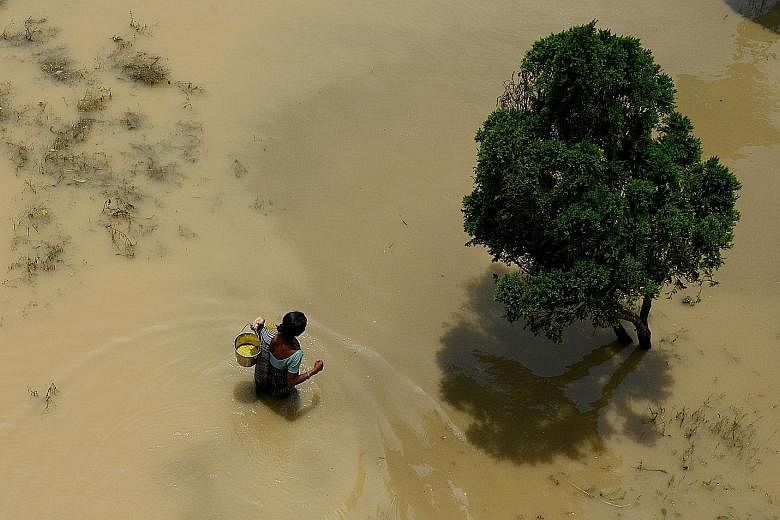MUMBAI • India's monsoon has delivered 1 per cent more rain than normal so far this year, but erratic distribution has flooded some areas and left others in drought, clouding the outlook for key summer-sown crops more than midway through the season.
The uneven rainfall could lead to lower food grain output despite bigger planting areas, forcing India to raise imports of edible oils, sugar and pulses, and potentially limiting exports of cotton, rice and feed ingredients, traders said.
The Marathwada region in central India has received 21 per cent lower rainfall than normal this monsoon, while some regions in southern India recorded as much as a 34 per cent shortfall, according to the state-run India Meteorological Department (IMD).
Areas like western Rajasthan got as much as 126 per cent more rain than normal, leading to floods that killed more than 300 people.
Monsoons deliver about 70 per cent of India's annual rainfall and are critical for farmers because half of their lands lack irrigation. Farms account for 15 per cent of India's US$2 trillion (S$2.7 trillion) economy and employ more than half of its 1.3 billion people.
Prices of some vegetables have reacted quickly to the uneven rainfall. Onion prices doubled in a fortnight, and tomato prices quadrupled in a month.
REUTERS

